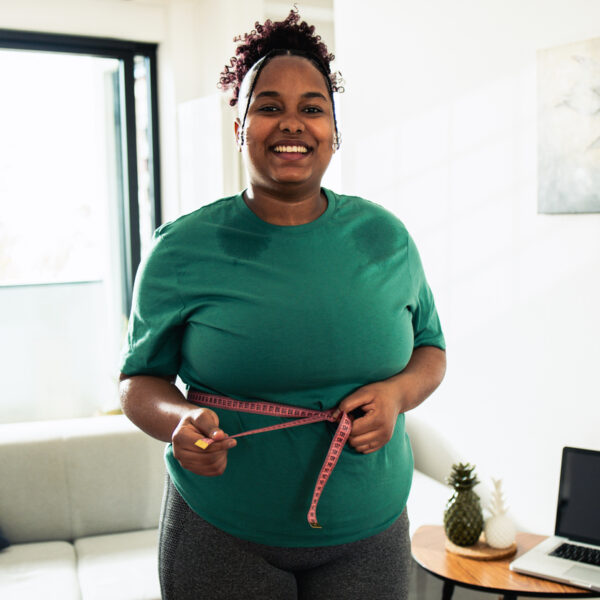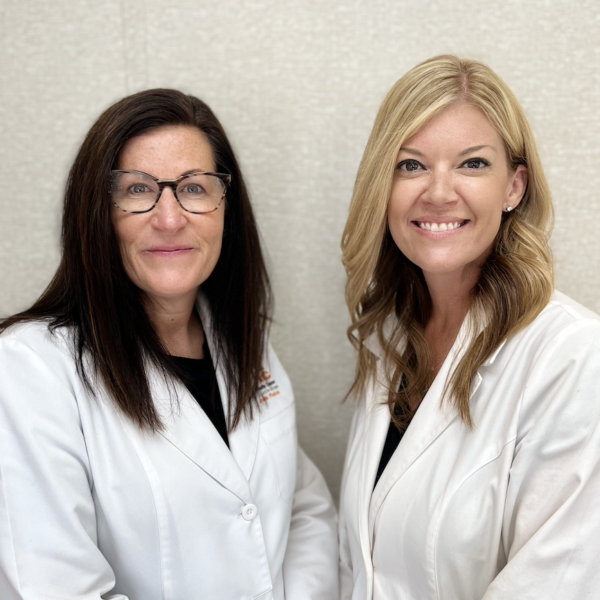Quick Links
Wellness Center Appointments
Schedule an appointment for wellness services such as Cryotherapy, IV Therapy, Body Composition Scans, Infrared Sauna, and Aesthetics Services.

Medical Weight Loss Programs
Directed by medical experts, we offer safe and effective prescription weight loss programs. Weekly visits to administer medication, receive coaching, and motivational support are included. Custom weight loss programs focused on sustainable lifestyle changes are also available. Book a weight loss visit with a medical provider to get started.

"Between Two White Coats" Bi-Weekly Podcast
Dr. Michelle Plaster and Nurse Practitioner Amber Foster have come together to create the “Between Two White Coats” podcast that discusses the most pertinent health and wellness topics that impact people’s lives. Listen on your favorite podcast apps or watch on our YouTube channel.

Our Monthly Newsletter
The Wellness Round-Up is a monthly newsletter from Our Family Health Center that contains health and wellness information. Dr. Plaster has put together five practical health tips that only take a few minutes a day. By subscribing you will receive both this valuable resource and our newsletter.
